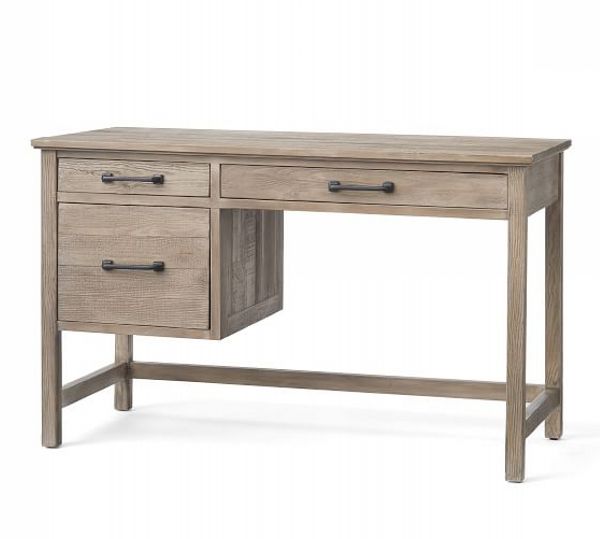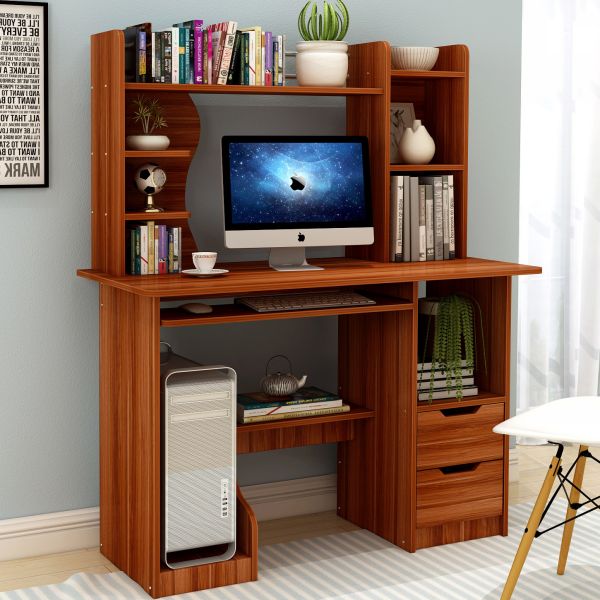DIY Worktable Schematics With Drawers - How To Make Sure You Do It Right
We used a 45-degree chamfer bit and router to bevel the ends and front edges of shelves, but you could leave them square if you'd like. Add remaining boxes a couple of rows at a time before fastening them together. Evenly space back slats along the bottom brace. Roll the paint cover over furniture or carpet to pick up the pet hair. They're all just variations of three basic styles. Water-based poly becomes sticky too fast for wiping. Use hinges to lock piece of plywood to back wall, but only after attaching the trims. After we built the basic box, we moved planter to its final position and then added self-watering system, soil and plants.
Although there are a few angles and curves to cut, there's no fancy joinery -- everything's held together with corrosion-resistant deck screws. Begin by cutting shelf to length with a jigsaw. If your fireplace already has a glass door front, you would want to measure insert to fit exactly (like this) over this space. Don't waste your money on high-speed steel bits. Building this shed isn't difficult, but it does require a little carpentry experience. Allow about a day to complete this project, assuming you collect all parts in advance. You can buy aerosol cans of polyurethane in satin, semigloss and gloss finishes.
After glue is dry, trim timber plugs flush with top. You could prebuild most of it in your garage or shop and assemble pieces as you go. If the bubble isn't centered, the level is a horizontal liar. Join legs to the back panel the same way. A template for locating hinge holes is handy too. For the former, you'll need a table saw, a drill driver and a well-tuned plane. Then when the painting is complete, finish wiring by adding outlets and connecting the switch or dimmer switch. If you're planning to stain your bench, do it now before you assemble all the parts.
Then use a level and add shims as needed to level the frame across the front and from front to back. Carefully read the instructions that accompany slides, then lay out locations of screw centerlines on the drawer boxes. The thickness and overlapping joints make them strong enough to display or store anything. You should notice the back door that gives you access to nest. Sort parts into clearly marked piles. Most have quick-release jaws that accept hex-shank drill and driver bits. Be sure to smooth the outside curve of the plywood with a belt sander outfitted with a coarse belt.
Trying to fit a rail between stiles that are already fastened is difficult, and you won't get tight joints. Keep in mind that you'll also need to maintain your birdhouse by cleaning it after nesting season. They have larger cutting capacities than benchtop saws, and larger tables. Fill plywood edges as well as nail holes and dents. There should be a few extra inches of wire on each end to give you something to hold. Repeat this procedure for the next pair of piers and posts. If you use a table saw and dado blade to make the cuts, be sure to support the long stock at the opposite end.
Suspend brush in the third container. You could sometimes use hose that came with your shop vacuum, but it's usually too large or too stiff. Second, start with boards that are an inch or so longer than final top. Ask your building inspector for minimum slopes for your area when you pick up the building permit. Drive screws through seat brace into tenon. If that level of precision sounds intimidating, don't worry. It's always easier to paint a project well if you can do the parts separately. Use same trick to mark curve on the legs. Then center the biscuit joiner on mark and rip slot.
Nail the verticals from the inside, angling nails so they don't poke through. If your rails aren't perfectly straight, you might find that brads aren't strong enough to hold them tightly against the stiles. It should slide into the groove without your pushing it firmly. These marks indicate top edges of shelf cleats.


